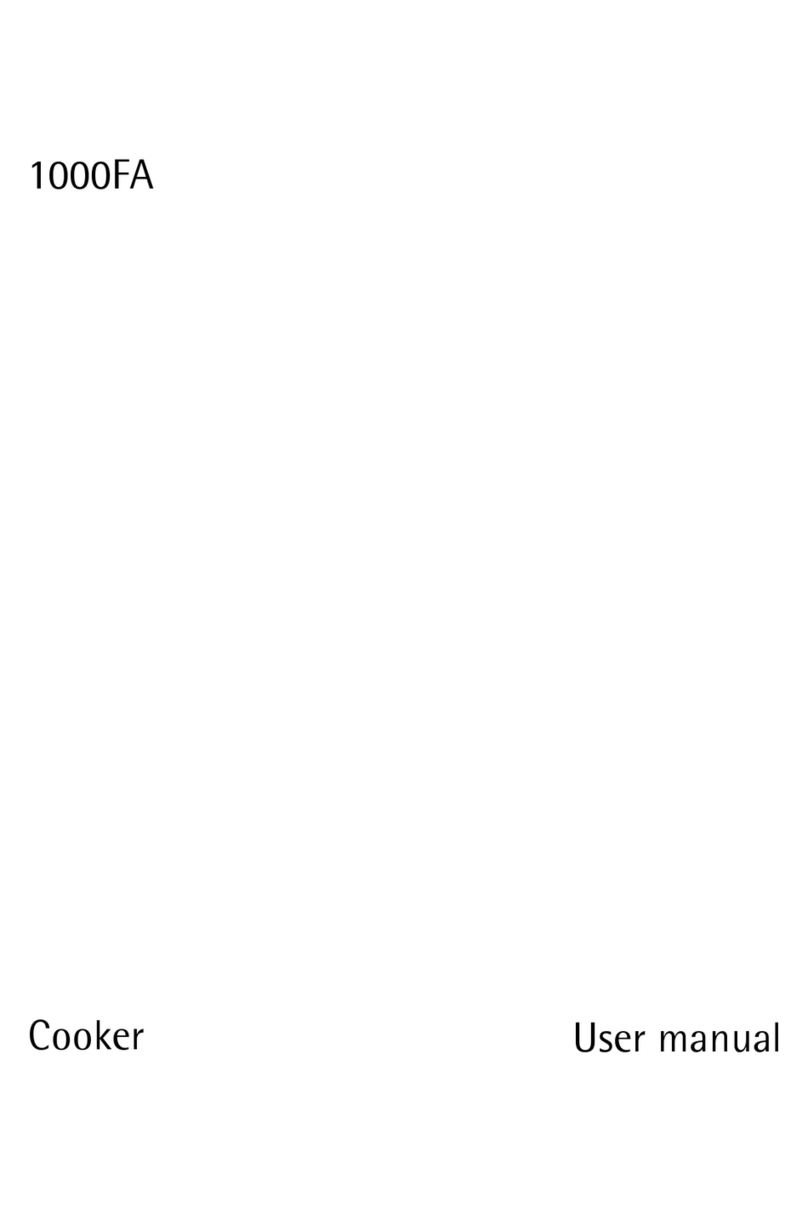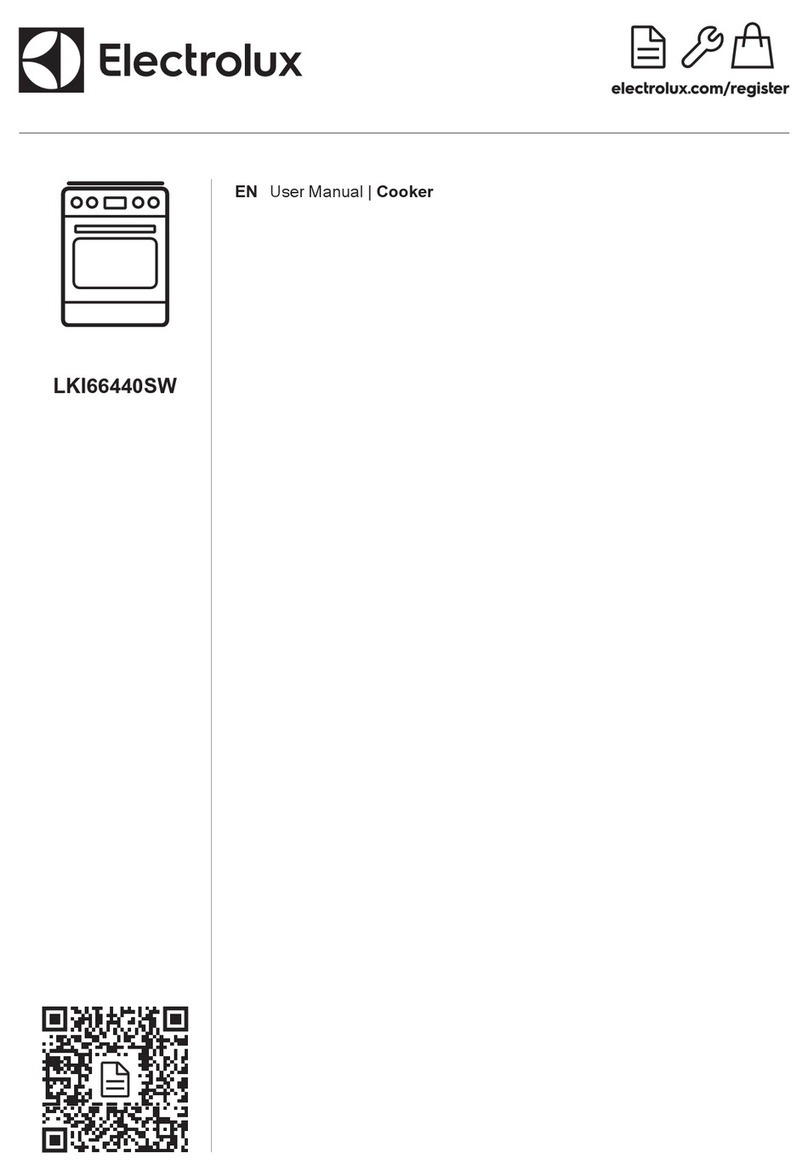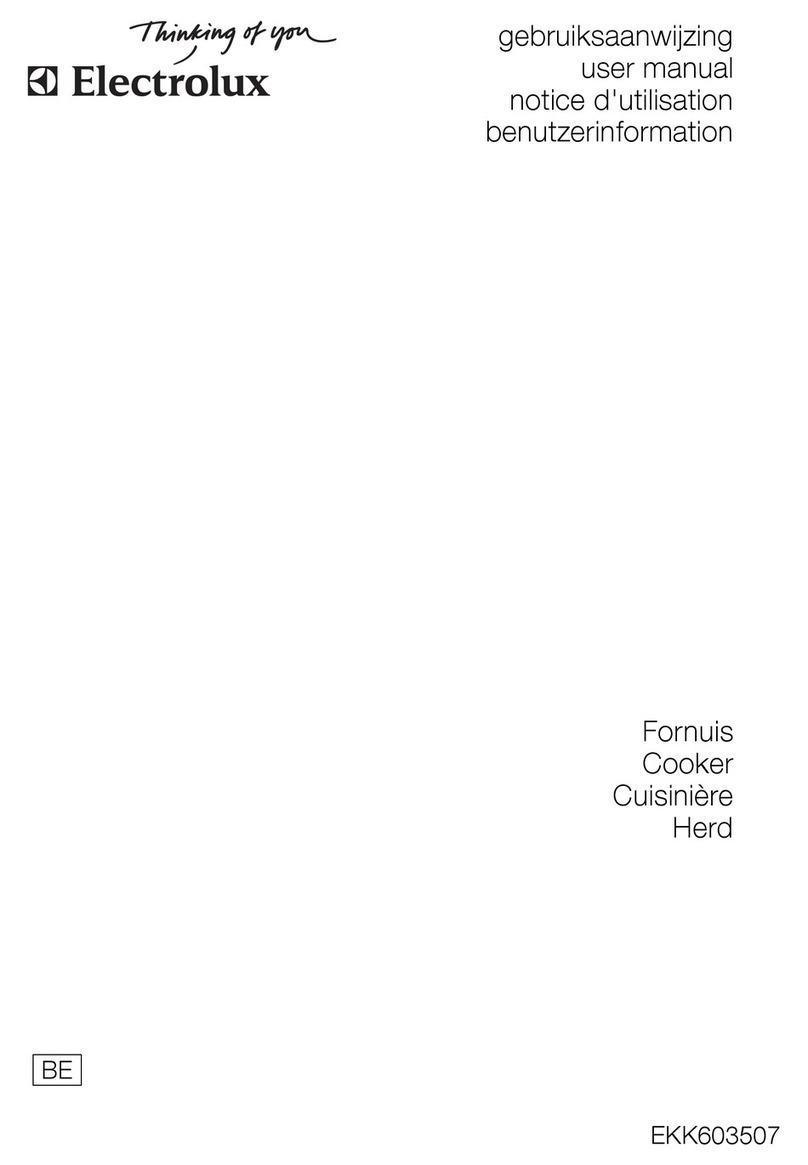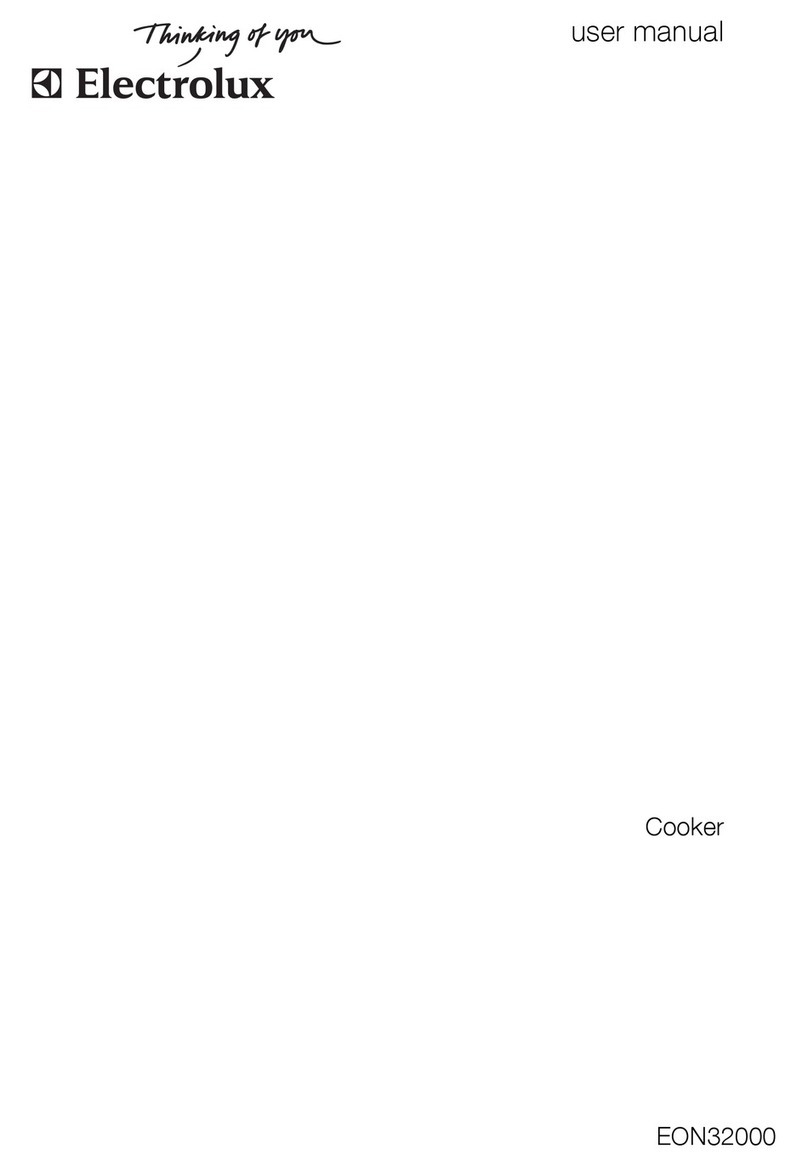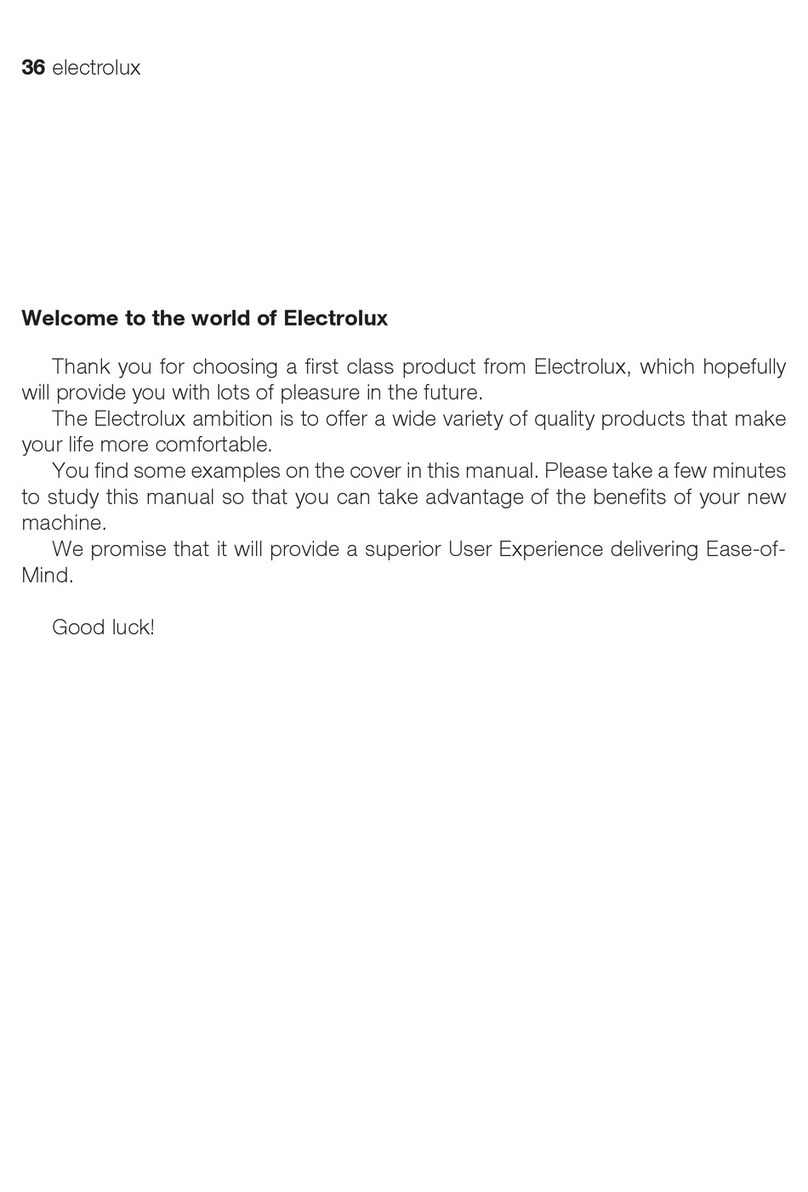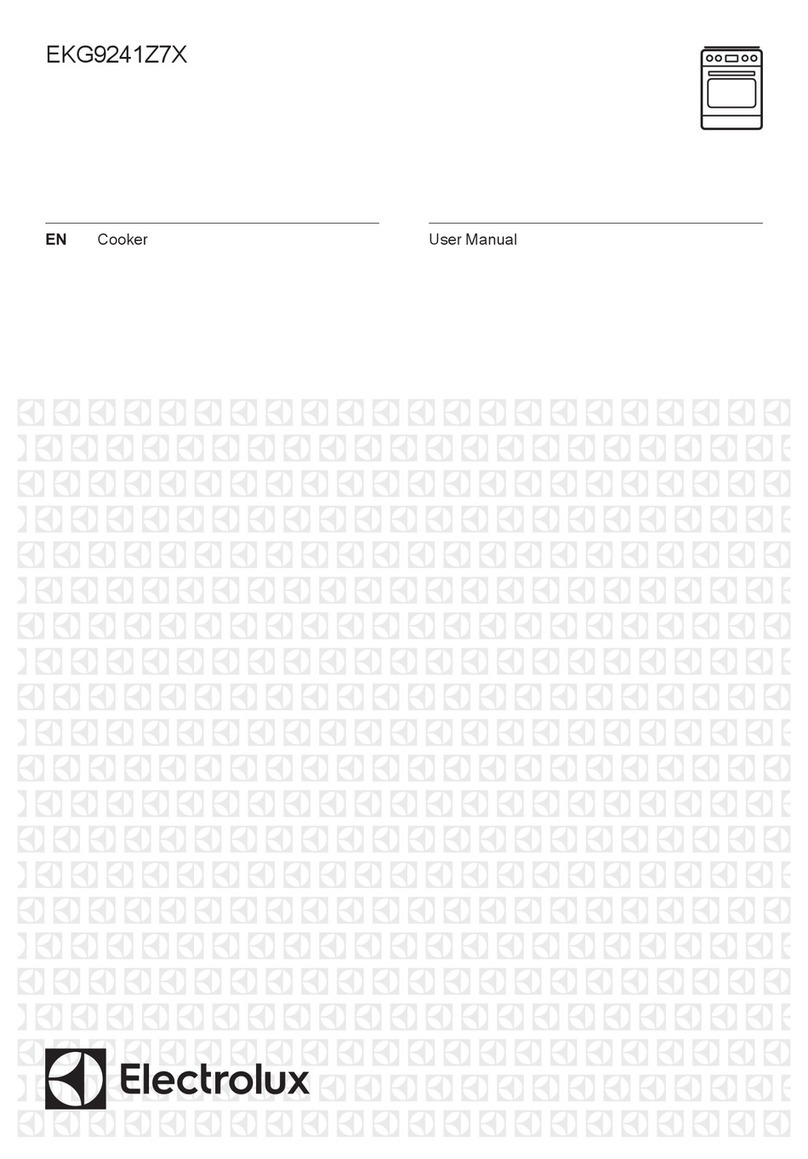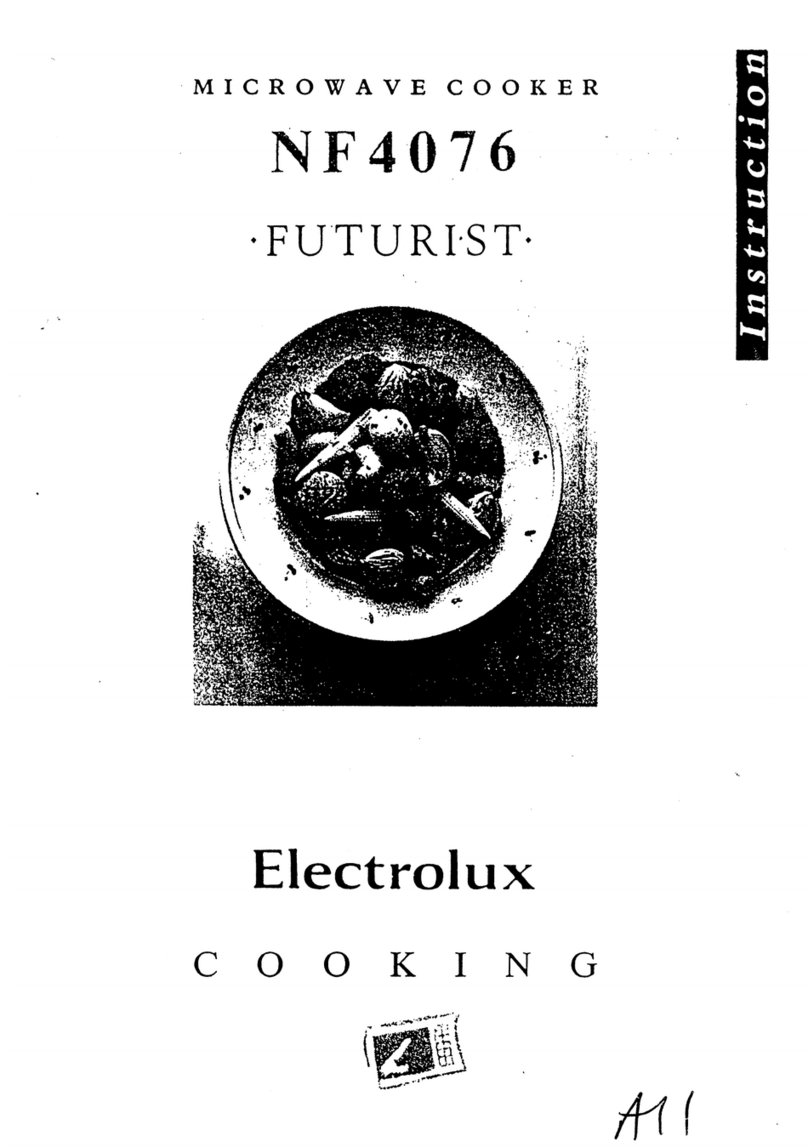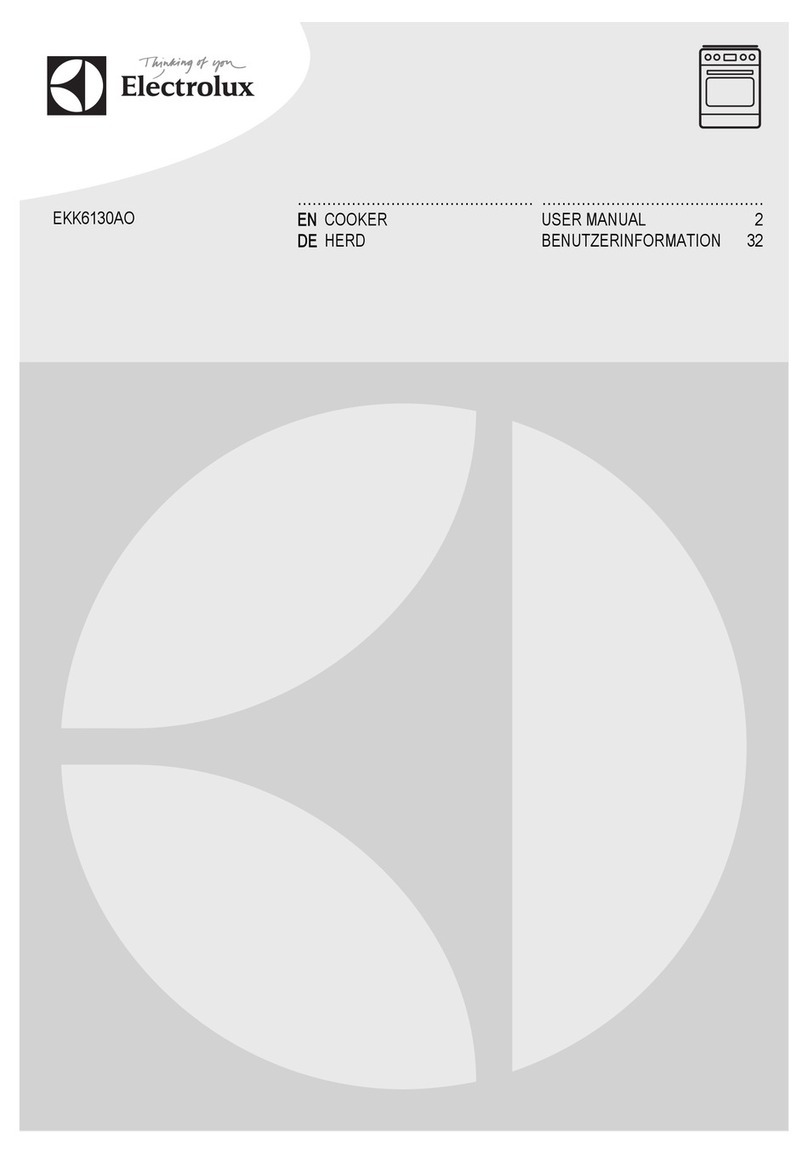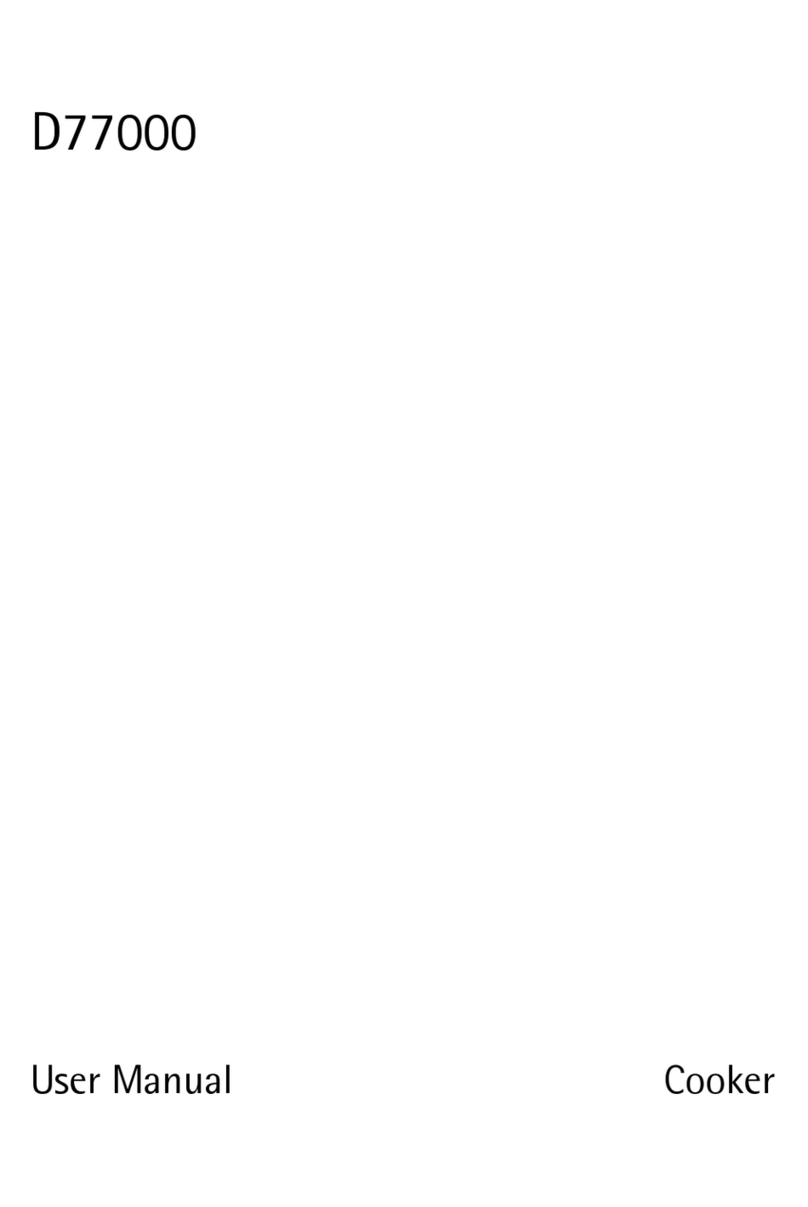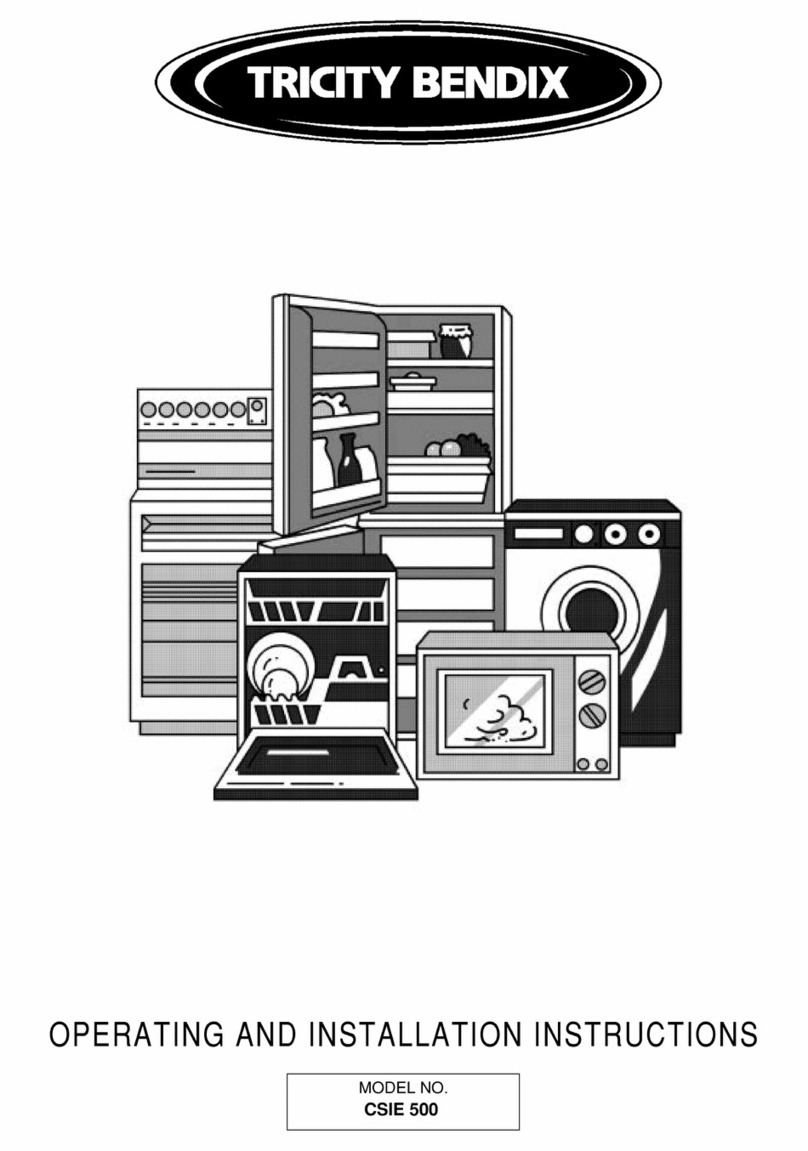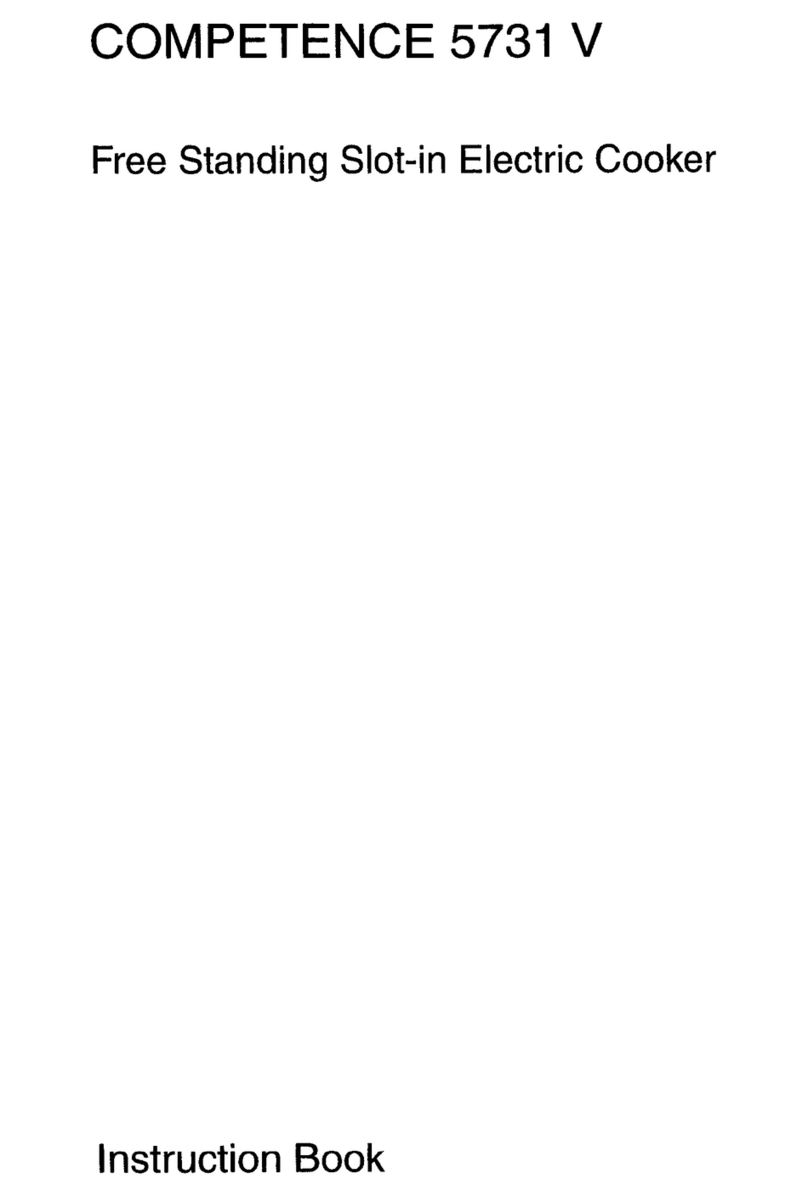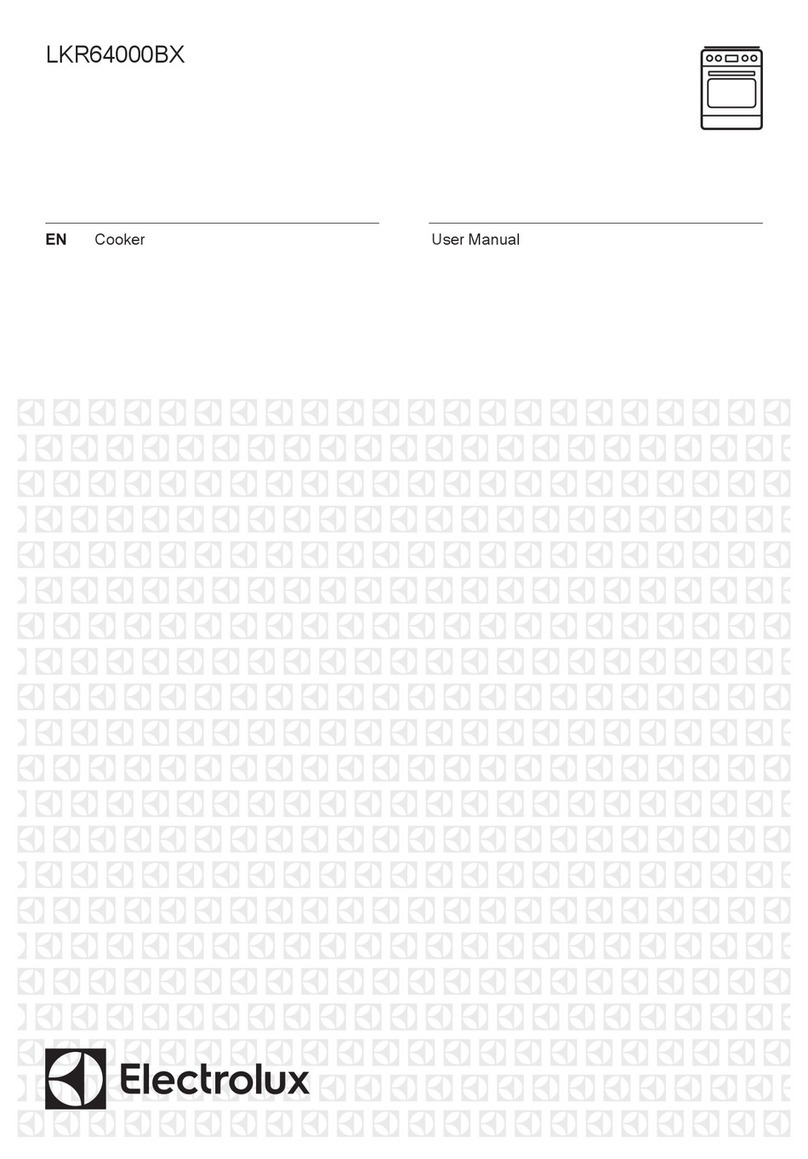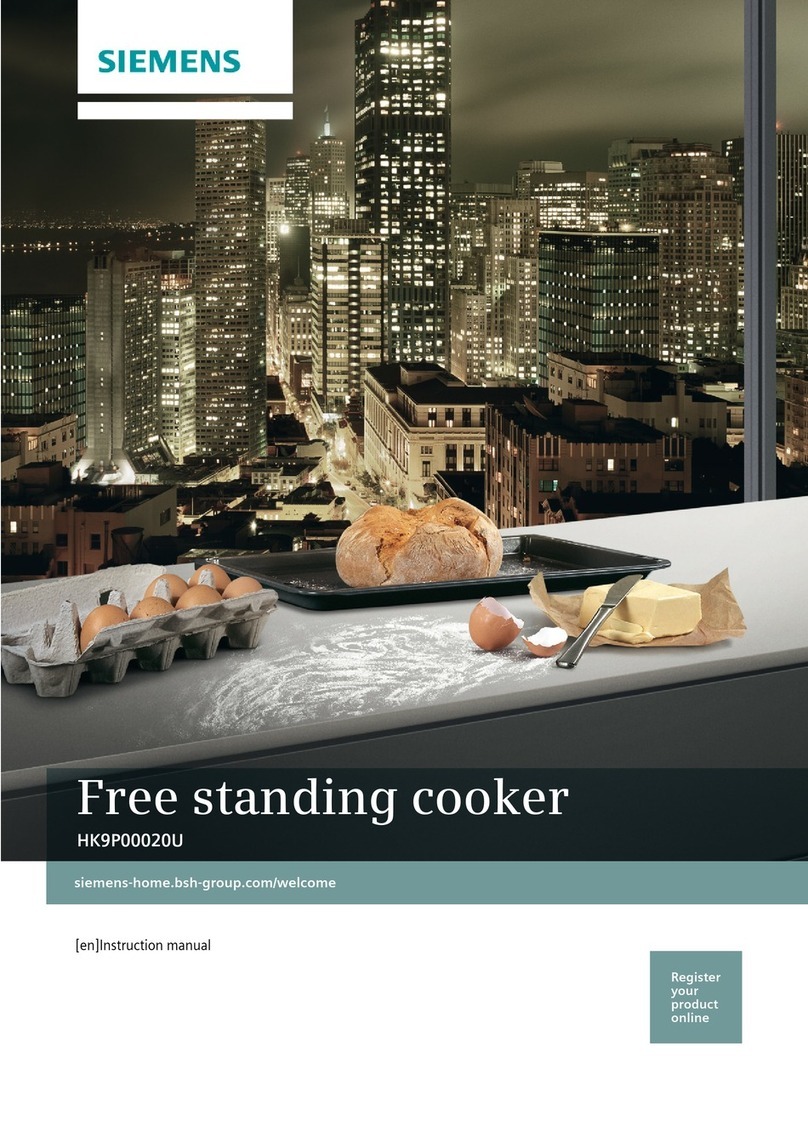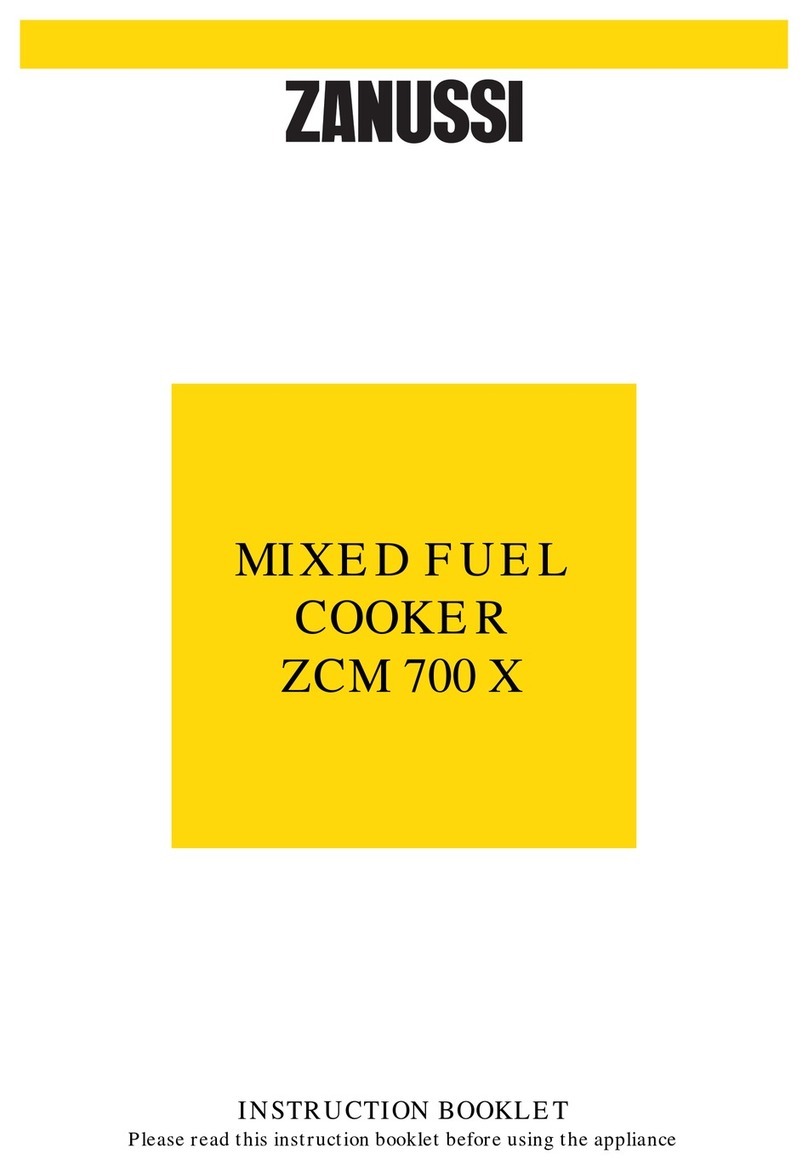3
CCoonntteennttss
A WARNING AND SAFETY INFORMATION ..................................................................................................5
A.1 General information ......................................................................................................................5
A.2 Personal protection equipment ........................................................................................................6
A.3 General safety .............................................................................................................................6
A.4 General safety rules......................................................................................................................7
A.5 Safety signs to be placed near the machine area .................................................................................9
A.6 Transport, handling and storage .................................................................................................... 10
A.7 Installation and assembly ............................................................................................................. 10
A.8 Electrical connection ................................................................................................................... 10
A.9 Machine space limits................................................................................................................... 11
A.10 Positioning................................................................................................................................ 11
A.11 Reasonably foreseeable improper use ............................................................................................ 12
A.12 Machine cleaning and maintenance................................................................................................ 13
A.13 Service..................................................................................................................................... 14
A.14 Machine disposal........................................................................................................................ 14
B TECHNICAL DATA .............................................................................................................................. 15
B.1 Dataplate position....................................................................................................................... 15
B.2 Appliance and manufacturer's identification data ............................................................................... 15
B.3 N7E Gas appliance technical data.................................................................................................. 16
B.4 N9E Gas/electric appliance technical data ....................................................................................... 16
C GENERAL INFORMATION .................................................................................................................... 16
C.1 Australia ................................................................................................................................... 16
C.2 Introduction............................................................................................................................... 16
C.3 Intended use and restrictions ........................................................................................................ 16
C.4 Testing and inspection................................................................................................................. 17
C.5 Copyright.................................................................................................................................. 17
C.6 Keeping the manual .................................................................................................................... 17
C.7 Recipients of the manual.............................................................................................................. 17
C.8 Definitions................................................................................................................................. 17
C.9 Responsibility ............................................................................................................................ 17
D NORMAL USE .................................................................................................................................... 17
D.1 Characteristics of personnel trained for normal machine use ................................................................ 17
D.2 Characteristics of personnel enabled to operate on the machine ........................................................... 17
D.3 Operator qualified for normal machine use ....................................................................................... 18
E INSTALLATION AND ASSEMBLY........................................................................................................... 18
E.1 Introduction............................................................................................................................... 18
E.2 Customer's responsibilities ........................................................................................................... 18
E.3 Disposal of packing..................................................................................................................... 18
E.4 Joining Appliances...................................................................................................................... 18
E.4.1 Floor Fixing (depending on the appliance and/or model) ............................................................ 18
E.4.2 Installation On Bridge, Cantilever Frame Or Cement Plinth (depending on the appliance and/or
model)............................................................................................................................ 18
E.4.3 Sealing Gaps Between Appliances ....................................................................................... 18
E.5 Gas, electricity and water connections (if present, depending on the appliance and/or model) ..................... 19
E.6 Gas Connections........................................................................................................................ 19
E.6.1 Introduction...................................................................................................................... 19
E.6.2 Fume exhaust .................................................................................................................. 19
E.6.3 Before connecting ............................................................................................................. 19
E.6.4 Connection...................................................................................................................... 19
E.6.5 Gas pressure regulator....................................................................................................... 19
E.6.6 Conversion to another type of gas......................................................................................... 19
E.7 Gas appliances regulations........................................................................................................... 19
E.7.1 Supply pressure check (all versions) ..................................................................................... 19
E.7.2 Primary air checking N7E/N9E (solid top and oven) .................................................................. 20
E.7.3 Replacing the main burner nozzle N7E/N9E (cooktop, solid top and oven)..................................... 20
E.7.4 Replacing the pilot burner nozzle N7E/N9E (cooktop, solid top and oven)...................................... 20
E.7.5 Minimum flame screw replacement N7E/N9E (cooktop and solid top) ........................................... 20
E.8 Replacing the adjustment spring of the pressure regulator (Only for Australia) ......................................... 21
E.9 Electrical connection (only N9E) .................................................................................................... 21
E.9.1 Electrical appliances.......................................................................................................... 21
E.9.2 To access the terminal block................................................................................................ 21
E.9.3 Power cable..................................................................................................................... 21
E.10 Safety thermostat ....................................................................................................................... 22
E.11 Before completing the installation operations .................................................................................... 22
F INSTRUCTION FOR THE USER............................................................................................................. 23
F.1 SOLID TOP USE (N7E/N9E)......................................................................................................... 23
F.2 COOKTOP USE......................................................................................................................... 23
F.2.1 Gas models ..................................................................................................................... 23
F.2.2 Gas models with igniter without pilot flame (only N9E) ............................................................... 24
F.3 STATIC OVEN USE (N7E/N9E)..................................................................................................... 24
F.3.1 Interlock.......................................................................................................................... 24
F.4 VENTILATED OVEN USE............................................................................................................ 24

